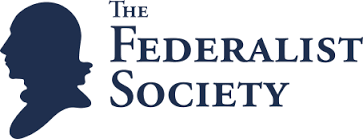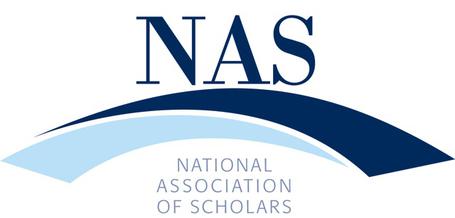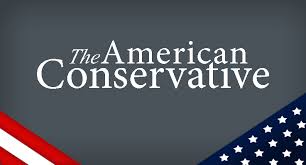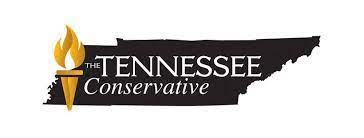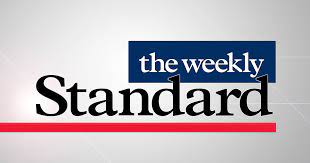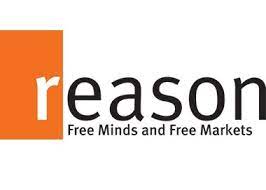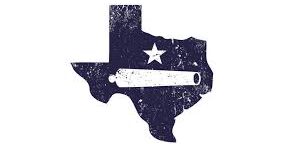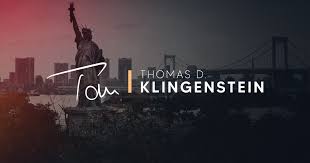The ABA Retreats from Its Diversity Mandates—or Does It?
“Holistic” admissions, which eschew reliance on objective metrics such as grades and test scores, focusing instead on a subjective evaluation of an applicant’s potential based on his individual experiences, are an obvious artifice for granting racial preferences without leaving incriminating fingerprints.
This essay first appeared on the James G. Martin Center for Academic Renewal, on October 16, 2024 (here). Thanks to George Leef at National Review (here), Instapundit (here, here, and here), and TaxProf Blog (here)!
Most industries and occupations have trade associations to promote their interests, with lobbying, marketing, and public relations. Lawyers are no exception. One difference between, say, the American Urological Association and the American Bar Association (for lawyers) is that instead of merely providing opportunities for professional networking and vacation junkets dressed up as “conventions,” the left-leaning ABA is clothed with quasi-governmental regulatory authority over the entire field of legal education. The ABA effectively oversees the operations of nearly 200 law schools in the United States. Absurdly, a professional cartel regulates itself!

The U.S. Department of Education limits eligibility for federal student loans to law students enrolled in schools approved (or “accredited”) by the ABA. More importantly, the supreme courts in all but four states restrict eligibility to take the bar exam —the passage of which is a prerequisite for practicing law— to graduates of law schools accredited by the ABA. Law schools cannot operate unless their students are eligible for federal student loans to defray the exorbitant tuition costs, and, with rare exceptions, no students would enroll in an expensive three-year J.D. program unless they could sit for the bar exam upon graduation. Thus, the activist ABA is the de facto gate keeper for the entire legal academy, and therefore the legal profession itself.
The ABA’s detailed accreditation requirements micro-manage every aspect of law schools, including admissions, facilities, governance, curriculum, faculty hiring and tenure, and even internal policies regarding free speech. Leaving aside the question why the ABA has been accorded these awesome (and monopolistic) regulatory powers, it is clear that the ABA cannot force law schools to violate the law, including the 2023 decision of the U.S. Supreme Court in Students for Fair Admissions, Inc. v. President and Fellows of Harvard College, which prohibited race-based preferences in admissions. The ABA’s heavy-handed “diversity” requirements for law schools—bordering on mandatory racial quotas–collide with the non-discrimination ruling in that case.
In Students for Fair Admissions, the Court retreated from the deferential approach to “diversity” in higher education previously recognized in Bakke (1978) and Grutter (2003), and emphasized instead that “College admissions are zero-sum.” A preference granted to one applicant necessarily disadvantages others. When preferences are granted on the basis of race, the most exacting constitutional scrutiny is warranted. Accordingly, the Court ruled that racial preferences in admissions are per se unlawful.
Anticipating that colleges and universities would attempt to continue granting racial preferences covertly instead of overtly, the Court warned that “universities may not simply establish through application essays or other means the regime we hold unlawful today… ‘[W]hat cannot be done directly cannot be done indirectly. The Constitution deals with substance, not shadows,’ and the prohibition against racial discrimination is ‘levelled at the thing, not the name.’”
In the past, the ABA has threatened to revoke law schools’ accreditation if they persisted with meritocratic admissions—that is, granting admission to the candidates with the highest GPAs and LSAT scores—if this prevented schools from achieving the ABA’s desired demographic profile in the student body. The primary goal of “affirmative action” and “diversity” is to increase the number of African-Americans and members of other “under-represented” ethnic or racial groups, despite their objectively-weaker academic records. In other words, as I wrote in 2021, “in the name of ostensibly improving the quality of law schools, the ABA requires them to lower their admission standards and enroll less-qualified (or even unqualified) students.” Under the holding of Students for Fair Admissions, these types of racial preferences are now blatantly unlawful.
Seeing the handwriting on the wall, the Standards Committee of the ABA’s Section of Legal Education and Admissions to the Bar, based on Students for Fair Admissions and “advice from outside legal counsel,” is recommending to the Section’s governing body (“the Council”) revisions to the now-problematic “diversity and inclusion” standards to which law schools must comply in order to remain accredited. Standard 206 currently commands law schools to “demonstrate by concrete action” their commitment to “diversity and inclusion” by having a student body, faculty, and staff that are “diverse with respect to gender, race, and ethnicity.”
The ABA’s interpretive guidelines make it clear that the euphemistic verbiage of Standard 206 requires racial preferences. Interpretation 206-1 states: “The requirement of a constitutional provision or statute that purports to prohibit consideration of gender, race, ethnicity, or national origin in admissions or employment decisions is not a justification for a school’s non-compliance with Standard 206” (emphasis added). To produce the required quotas, law schools must do whatever it takes to achieve “diversity,” even if color-blindness is legally required. Not surprisingly, the ABA realized that Students for Fair Admissions dictated a more subtle approach.
The revisions to Standard 206 recommended by the Standards Committee eliminate the references to the now-discredited dog-whistle “diversity and inclusion,” substituting in its place the “kinder and gentler” –and arguably Orwellian–formulation “access to the study of law and entry into the legal profession for all persons including those with identities that historically have been disadvantaged or excluded from the legal profession.” The “by concrete actions” edict remains, clarifying that only the end results—demographic parity, or quotas–matter. Good intentions do not suffice.
The ABA’s proposed interpretative guidelines strongly suggest that law schools adopt “holistic” admissions policies, meaning “admissions policies, processes, and practices aimed at evaluating each applicant’s potential holistically, including consideration of the applicant’s individual experiences and challenges and the contribution that the applicant is likely to make to the legal profession such as making affordable legal services available to all people.” Wink, wink. This is code for “diversity.” Tellingly, objective metrics such as grades and LSAT scores are not mentioned. The proposed revisions to Interpretation 206-1 conclude with the disingenuous statement that “Compliance with Standard 206(a) does not require a law school to take race or any other identity characteristic into account in making an individual admissions decision.”
The ABA’s proposed interpretative guidelines discourage law schools’ use of objective metrics with the admonition “Despite legal constraints, a law school must demonstrate the commitment required by Standard 206 by means other than those prohibited by law.” “Holistic” admissions allow law schools to grant admission to less-qualified applicants based on personal essays, consideration of socio-economic hardships, and other subjective factors that do not explicitly consider race. It is a clumsy subterfuge for racial preferences, which are now unlawful.

The ABA’s quasi-governmental proposed revisions are now being circulated for “notice and comment,” just like regulations issued by one of the alphabet soup administrative agencies in Washington, D.C. According to news reports, “The ABA … could approve [the changes] as early as its meeting in November. The change would then need final approval by the ABA’s House of Delegates, which next meets in February.” A group of 21 Republican Attorneys General, led by Tennessee’s AG Jonathan Skrmetti, has informed that ABA that Standard 206, as written, runs afoul of Students for Fair Admissions. Moreover, the state AGs allege that proposed revisions to Standard 206 “do little to solve these problems.” In particular, the state AGs reminded the ABA that the Supreme Court will not countenance pretextual (or indirect) forms of discrimination. Facially-neutral admissions policies will be struck down, Skrmetti warned, “if undertaken with the aim to achieve particular racial outcomes.”
In my estimation, the ABA’s proposed revisions to Standard 206 are nothing but semantic window dressing for mandated racial quotas. Merit is the best assurance of academic success and future professional competency. “Holistic” admissions are a poor substitute for the tradition use of objective metrics such as grades and test scores. Some legal scholars share my assessment. Northwestern University law professor John McGinnis opines that “The requirements of holistic admissions are clearly an attempt to encourage schools to undertake admission standards that will make it harder to prove discrimination.”
If the ABA were truly concerned about promoting the highest level of professionalism and quality among lawyers, it would encourage—even require—law schools to rely on applicants’ objective merit to determine admissions. Instead, the ABA pursues woke social engineering through sophistry such as “holistic” admissions, which amounts to an unseemly end run around the ban on racial preferences. The ABA’s proposed revisions are an invitation for future litigation, producing a sequel to Students for Fair Admissions, in which the Court rebukes the recalcitrant law schools for ignoring its admonition that “the student must be treated based on his or her experiences as an individual—not on the basis of race.”
Perhaps the ABA’s devious affrontery will lead state supreme courts (and the U.S. Department of Education) to re-think their reliance on the ABA to handle quality control at the nation’s law schools.











